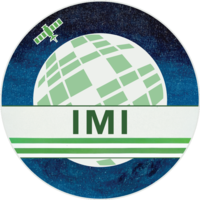Last Updated 31 May 2023 (version 1.2.0)
We list below the major new IMI developments and their developers from version 1.1.0 (released December 2022) to 1.2.0 (released May 2023). If these developments have benefited your work we strongly encourage you to offer co-authorship on publications to the relevant developers. More detailed information about new releases can be found on the IMI Github repository. For questions or guidance please contact the IMI team at integrated-methane-inversion@g.harvard.edu.
IMPORTANT NOTE: Recent reprocessing of TROPOMI processor to v020400/020500 may have caused duplicate files with previous processor versions to be downloaded by the IMI. Check that all TROPOMI have unique timestamps. We recommend updating to IMI version 1.2.0, which has bug fixes to prevent these issues.
New developments in GEOS-Chem versions 1.0.0 - 1.2.0
Release 1.2.0 (May 2023)
- Options for state vector clustering using layered K-means clustering. Developer: Lucas Estrada (Harvard)
- Decomposition of source code into discrete components. Developer: Lucas Estrada (Harvard)
- Improved super-observation error characterization. Developer: Lucas Estrada (Harvard)
- Improved TROPOMI-smoothed boundary conditions. Developer: Nick Balasus and Lucas Estrada (Harvard)
- Inclusion of offshore emissions in state vector. Developer: Daniel Varon (Harvard)
- Update to TROPOMI processor version v020400/020500. Developer: Nick Balasus (Harvard)
Release 1.1.0 (December 2022)
- Spatial averaging of observations on the GEOS-Chem grid into superobservations. Developer: Lucas Estrada (Harvard)
- Expansion of IMI nested regions. Now including (SA, AF, ME, OC, RU). Developer: Melissa Sulprizio (Harvard)
- Update to GEOS-Chem version 14.0.2. Developer: Melissa Sulprizio (Harvard)
- Boundary conditions transport bugfix (more information in release info). Developer: Lucas Estrada (Harvard)



